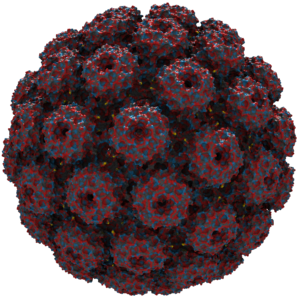MegaMol was designed as a modular, GPU-centric visualization framework aimed chiefly at interactive post-mortem analysis of particle-based data sets on the personal workstations of researchers. Its flexible design allowed the core framework to reach a mature and stable state while still supporting a rapid prototyping workflow via plugins, which provide cutting-edge algorithms and novel analysis capabilities for application scenarios.
While the design rationale and narrow focus allows MegaMol to have an advantage over more general frameworks, the current trend towards ever-increasing simulation sizes has made post-mortem analysis costly and, in some scenarios, even impossible. With this Intel® Parallel Computing Center (Intel® PCC) for Visualization, we aim to modernize and restructure the MegaMol architecture to scale to current data set sizes and make MegaMol capable of running headless and in situ, either on the simulation nodes or a separate rendering cluster. This means that the data flow and modular composition of a MegaMol instance need to be adapted to make use of OSPRay without additional overhead, especially with regard to data management.
We also plan to port application-specific abstractions for molecular data from MegaMol into OSPRay, to allow for more expressive visualizations. One example is the direct raytracing of solvent excluded surfaces on the basis of the original particle data and next to no overhead. Finally, we will investigate how parallelization libraries from Intel, for example the spatial data structures in Embree, can help to better utilize CPU cores for analysis and pre-processing in general.
MegaMol Home Page: http://megamol.org
MegaMol on GitHub: https://github.com/UniStuttgart-VISUS/megamol
Intel Parallel Computing Centers: https://software.intel.com/en-us/ipcc



